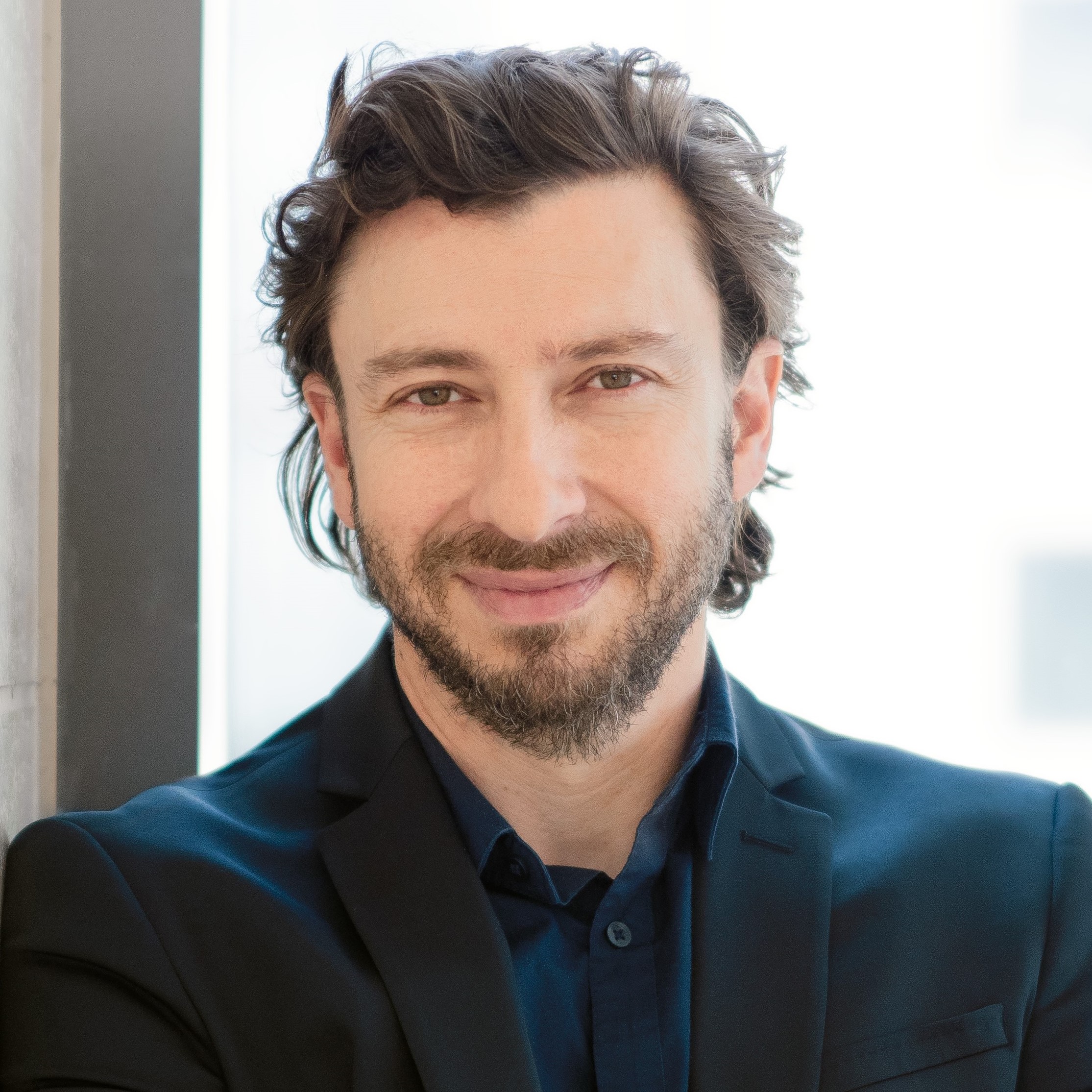by Buck Institute
November 1, 2023 . BLOG
Faculty spotlight: David Furman, PhD
A realization on a beach in Brazil leads to big data and research on aging
 David Furman, PhD, who directs the AI Platform at the Buck, uses the most powerful technologies available to deliver unprecedented insight into the aging process and is dedicated to figuring out ways to improve the way people age.
David Furman, PhD, who directs the AI Platform at the Buck, uses the most powerful technologies available to deliver unprecedented insight into the aging process and is dedicated to figuring out ways to improve the way people age.
His lifelong quest all began on a Brazilian beach. When he was a teenager, Furman was living the dream, surfing and surviving off of leather belts he made and sold. Unlike the average surfer, all that sun and sand became his light bulb moment. “I was living a good life and then I had this realization that I wanted to do something more profound with my life rather than just being a surfer and leather craftsman,” he says.
He returned to Santiago, Chile, where he grew up, and although he wasn’t entirely sure what he wanted to do, he says he knew he wanted to make an impact on humanity. By the age of 21, he had completed studies in genetics and was considering attending medical school, but a fateful conversation changed his direction. “I talked to my dad about this, and he said, ‘Physicians can help maybe hundreds, even thousands of people, but if you want to really create an impact in society, biology research will probably get you closer to your goal.’”
So he went big. Big data, that is. First he completed his PhD in biology from the University of Buenos Aires, studying how tumors can evade the immune system and how to create immunotherapy against cancer. He still decided to go to medical school alongside his PhD studies, in an MD/PhD program he created himself. He ended up not completing medical school because he got a better offer from Stanford University School of Medicine.
Furman had met one of his scientific idols, the director of the Stanford Institute for Immunology, Transplantation and Infection, Mark Davis, PhD, at a conference in Brazil in 2007. They talked and Davis ended up recruiting Furman to conduct immunology research in humans instead of animal models.
Findings in animals often do not translate to humans directly, says Furman, and the problem with human studies is that humans don’t live in controlled environments, and they don’t have standardized genetics as lab animals do. “One way to cope with this variance is by measuring a lot of different things over time,” he says.
And so began Furman’s studies uniting huge amounts of data to reveal connections that would be impossible for a single individual to find. At Stanford, he helped launch the 1000 Immunomes Project, which looked at thousands of different biological markers in 1000 people aged 9 to 96. A subset of this cohort was followed for up to 13 years to see which biomarkers were relevant to aging and age-related diseases. He left to work in France and Qatar but returned to Stanford as a consulting professor at the Institute for Immunity, Transplantation and Infection.
“We got to a point where all the data from 1000 Immunomes was analyzed, and we realized that immune aging and inflammation were important determinants of overall aging,” he says. That realization shifted his focus more toward aging research and applications for cardiovascular disease, ovarian aging, frailty and brain aging.
Furman’s research caught the interest of President and Chief Executive Officer Eric Verdin, MD, who suggested Furman apply to the Buck. Furman was not convinced at first. “But when I came here to interview, it really blew my mind. People talking about aging constantly, from different perspectives,” he says. “The collaborative environment and interactions really resonated with my own way of seeing things. I felt at home.”
While his primary appointment is with the Buck as an associate professor, Furman still leads the 1,000 Immunomes Project at Stanford. His lab is pursuing a whirlwind of other studies, as wide ranging as developing an inflammatory-aging clock, using computational psychiatry to determine how individuals are motivated to change, intervening at the community level to increase longevity, and even collaborating with Christian Dior, where he is a Science Board Member, and creating an app that aims to use facial features to indicate how well a person is aging. “We have a ton of really different things going on,” says Furman. “I can't restrict myself to one area, because I believe all these different areas that we're working on are important to us.”
What it boils down to is figuring out how the “exposome,” the total of biological, chemical and social exposures over a lifetime, affects the immune system and determines rates of aging in different organs. Then, the questions become: What to do with this knowledge? And how to turn it into actions people can perform to help themselves age better?
“I am very dedicated to creating applications to bring all these findings into actionable opportunities and real products,” he says, and toward that end he has created two companies. Edifice Health used data from the 1000 Immunomes Project to create a metric for estimating biological age. Cosmica Biosciences, dedicated to drug discovery, uses simulated microgravity to accelerate aging and facilitate rapid testing of aging protectors.
“Of course, I love research that is solely an intellectual exercise, but it’s not part of my professional interest,” he says. “If it's not going to be potentially translated into the clinic, I let others do that science. I want to produce something for the benefit of humanity that has a direct impact on health.”

SHARE